Description
ITALIAN KALE – TOSCANA / BLACK TUSCAN -PICTORIAL PACKET
ITALIAN KALE – TOSCANA / BLACK TUSCAN -PICTORIAL PACKET The ultimate Kale variety originating from Tuscany, often referred to as Palm Kale or Black Tuscan Kale. A non-heading variety, the robust plants will produce rich, succulent, tasty, dark green leaves (pick them when they’re young and tender) throughout the harshest winters. A well known and favourite Italian vegetable.
Cultivation Advice
- Choose a sunny location for planting. However, Italian Kale can tolerate partial shade.
- Ensure well-drained soil rich in organic matter. Kale prefers slightly acidic to neutral soil with a pH of 6.0 to 7.0.
- Sow seeds directly in the garden after the danger of frost has passed. Alternatively, start seeds indoors 6-8 weeks before the last frost for an earlier start.
- Plant seeds about ¼ to ½ inch deep and space them around 12-18 inches apart.
- Keep the soil consistently moist but not waterlogged, especially during the germination phase.
- Mulch around the base of the plants to retain moisture, suppress weeds, and maintain a more consistent soil temperature.
- Once established, kale is relatively low-maintenance but benefits from regular watering during dry spells and occasional fertilization.
- Prior to planting, amend the soil with compost or a balanced fertilizer.
- Side-dress kale with compost or a nitrogen-rich fertilizer during the growing season to promote healthy growth.
- Once seedlings are a few inches tall, thin them out to maintain proper spacing, typically leaving 12-18 inches between plants.
- If starting seeds indoors, transplant seedlings carefully into the garden, ensuring they are adequately spaced.
- Begin harvesting outer leaves when they reach a usable size, usually around 8-10 inches long. Avoid stripping all the leaves from a single plant, allowing it to continue producing.
- Monitor for common pests such as aphids, cabbage worms, and flea beetles. Handpick pests or use organic solutions if necessary.
- Kale is generally resistant to most diseases but can be susceptible to fungal issues in overly moist conditions. Ensure good airflow around plants.
- In regions with hot summers, kale tends to perform better in the cooler seasons of spring and fall.
- Mulch around the plants to regulate soil temperature, particularly during temperature fluctuations.
- Plant kale alongside other cool-season crops like lettuce, spinach, and onions. Companion plants can deter pests and benefit each other’s growth.
- Enjoy Italian Kale in various recipes, including soups, salads, stir-fries, and smoothies. Its dark, crinkled leaves have a slightly sweeter flavor compared to other kale varieties.
- Italian Kale thrives in well-draining soil. Consider adding sand or perlite to enhance drainage if your soil is heavy or tends to retain water.
- Test the soil pH and adjust it as needed to maintain the recommended slightly acidic to neutral pH range.
- This kale variety is remarkably cold-hardy and can withstand light frosts. In fact, cooler temperatures can enhance its flavor.
- In regions with mild winters, Tuscan Kale can often survive throughout the winter months, providing a fresh harvest during colder periods.
- To encourage a more extended harvest period, regularly remove outer leaves while allowing the inner leaves to continue growing.
- Regular harvesting promotes new growth and prevents the plant from bolting (going to seed) prematurely.
- Use floating row covers to protect young kale plants from pests during the initial growth phase. Remove these covers once the plants are more established.
- Plant aromatic herbs or companion plants like marigolds and nasturtiums to deter pests naturally.
- Water kale plants deeply but infrequently, ensuring the soil is moist but not waterlogged. Aim to water at the base of the plant to avoid wetting the foliage excessively.
- While Italian Kale is relatively pest-resistant, inspect the undersides of leaves for eggs or pests regularly. Neem oil or insecticidal soap can help manage any issues.
- Remove any damaged or yellowing leaves promptly to maintain the plant’s health and vigor.
- Although not always necessary, providing support such as stakes or trellises can prevent sprawling and keep the plants more organized, especially in windy conditions.
- Allow some plants to bolt and produce flowers. Once the flowers dry and seed pods form, collect the seeds for future planting. Ensure they are fully dry before storing them.
- Experiment with various cooking methods for Italian Kale, including blanching, sautéing, or massaging the leaves for salads to tenderize them.

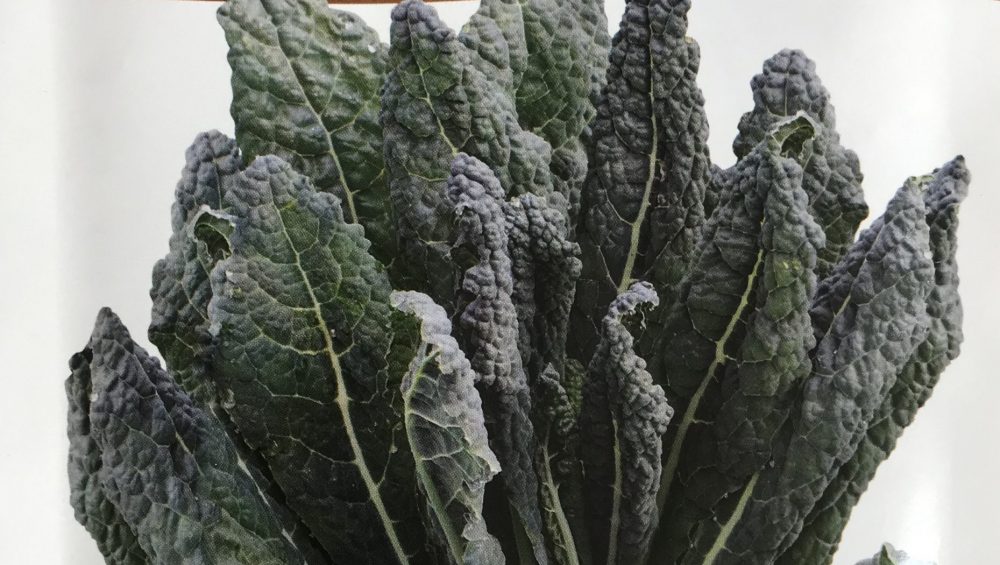

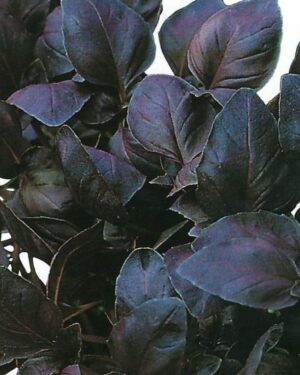
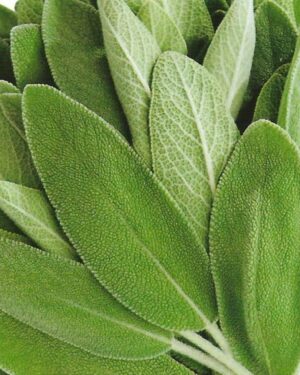

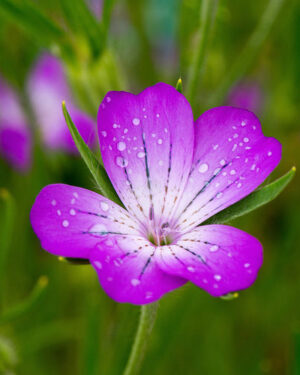
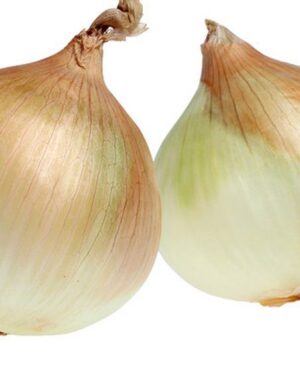

Reviews
There are no reviews yet.